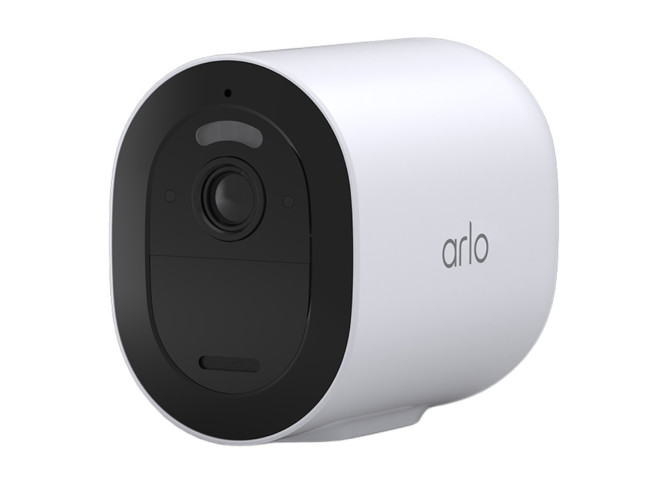
Arlo Go 2 is a wireless security camera with built-in battery and the capability to connect using Wi-Fi or cellular. I was pleasantly surprised when reading about this product the first time. It made me wondered why there are not many other similar products in this space.
Many smart home devices allow people to install Internet-connected security cameras at home, and access them from smartphones or tablets. Most of these cameras, however, have two fundamental problems: they require AC power and will stop working if somehow the Wi-Fi connection is not working. Let me elaborate on each of these issues.
First, AC power. Sure there are more cameras that come with built-in battery, especially the ones designed for outdoor. However, many of these cameras still require connection to a hub unit at home, and would still need a working Internet connection via Wi-Fi. Switching off power from the box outside a house will keep the camera on, but without Wi-Fi, it will not be accessible and it will not alert the users when detecting movement.
Thanks to built-in 4G connectivity (requires nano SIM card with data), Arlo Go 2 can still functions in situations without electricity or Wi-Fi connection. We can use this camera even in remote locations far from Wi-Fi coverage, making it a reasonably portable security camera. The built-in micro SD slot for local recording gives this camera more use case possibilities.
Initial set up was easy and straightforward. Arlo Secure app provides clear guides to connect and configure the camera. The camera hardware can be taken off into 3 separate pieces: the main unit (the camera lens), the removable battery, and the external housing. This design allows users to replace the battery without having to buy whole new camera, and in the scenario of usage in remote area, 2 batteries can be used in turns. Both the SIM card and micro SD are inserted into the main unit, so the external housing needs to be removed.
According to Arlo FAQ, the data consumption of 4G connectivity should range from 700MB to 2GB per month, depending on the number of motion triggers and length of recordings. This could go significantly lower if we use 4G only as a backup connection. Arlo Go 2 can be set to connect to both Wi-Fi and cellular. It will use Wi-Fi when available, and automatically switch to 4G when it could not connect to Wi-Fi. The micro SD slot for local recording can take up to 2TB micro SD cards. I put Sandisk 128 GB High Endurance and do not have any problem so far. I generally choose high endurance or max endurance memory cards for devices that are expected to stay on all the time.
On the video quality, Arlo Go 2 captures clear 1080p full HD with integrated spotlight and colour night vision. I can confirm that video quality is very decent. It is lower resolution compared to my 2K eufy cameras, but it is more than sufficient for identifying objects and people. Night vision is good and clear in grayscale, but activating the promised colour night vision requires us to turn on the bright built-in light. It makes the camera no longer discreet and will obviously impact battery life. I suppose it depends on each use case.
In my tests so far, the 13,000 mAh battery can easily last 2 weeks while connected to Wi-Fi most of the time (I got up to 19 days so far). However, when Wi-Fi is turned off, connecting to 4G unsurprisingly will drain the battery faster. Battery charging can be done while the battery is attached to the camera or when it is taken out from the housing.
Built-in speaker and mic allows 2-way audio communication, giving this multi-purpose camera even more feature with more possibilities. Arlo also sells replacement of the external housing, including with different colour or camo design.
Arlo Secure subscription adds more smarts into this camera, allowing smarter alerts with object detection, activity zones and video history. It costs $4.99 per month for 1 camera, or $12.99 per month for unlimited cameras (all prices are in AUD). Annual payment offers a bit of discount. Secure Plus subscription costs $14.99 per month (unlimited cameras) and adds 4K recording for compatible devices. Since this camera is only capable of 1080p resolution, there is no point of getting the Secure Plus. If the additional benefits fit your use case, you might want to consider paying. Otherwise, this camera is perfectly functional without additional subscription.
The only downside of this camera is that it does not support HomeKit, making it the only camera that I need to access using separate app. Other than that, this is an impressive camera with great usability. Happy purchase, recommended if it fits your use case.

Leave A Comment